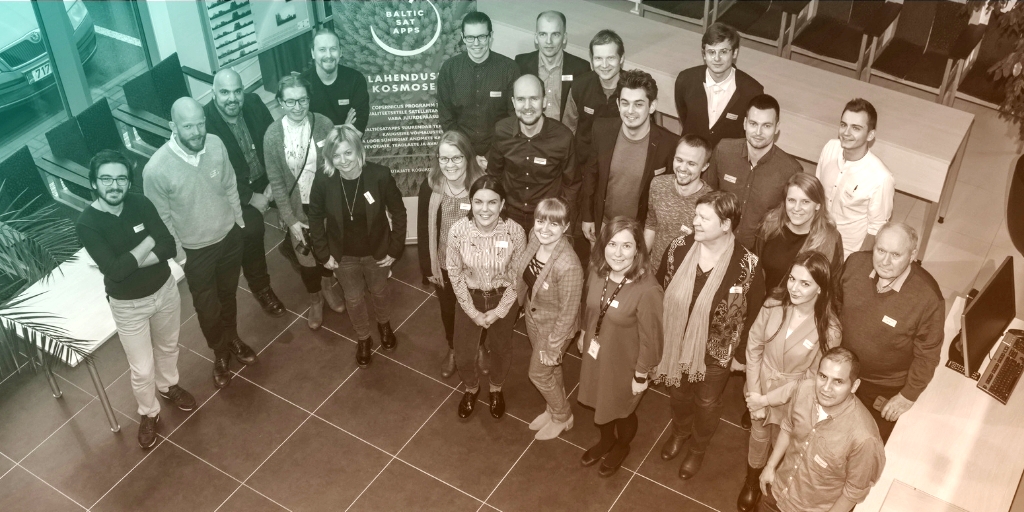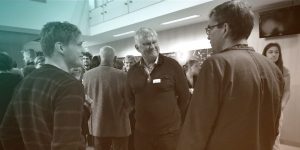Partner meeting results — more focused activities to bring multiple sides together
 BalticSatApps project partners met in Tartu, Estonia on 14–16 November to work through the previous activities, and discuss and workshop upcoming activities together. First, we discussed the users of Earth Observation (EO) data and developers of services utilizing EO data we have reached so far, and whether there were evident gaps. Secondly, we strived to find the most efficient ways to reach the target groups as the next course of action.
BalticSatApps project partners met in Tartu, Estonia on 14–16 November to work through the previous activities, and discuss and workshop upcoming activities together. First, we discussed the users of Earth Observation (EO) data and developers of services utilizing EO data we have reached so far, and whether there were evident gaps. Secondly, we strived to find the most efficient ways to reach the target groups as the next course of action.
It turned out that the majority of the user side has already been reached, but specific niches should be reached through closer contact and collaboration. The sectors in which EO data could be applied were identified as agriculture, forestry, environment, tourism, security (natural hazards), spatial planning, energy, logistics, chemistry, transport, fishery, mining/recultivation, among others. These sectors may already work with an EO component, be unaware of EO possibilities, or maybe are not directly interested in EO data. It was agreed within the partnership that each country prioritizes their sectors and organizes further events on those topics for companies and public authorities.
From the developer side, the goal is to merge different knowledge and data to create new solutions within the upcoming activities. Up to now, the project has reached mostly institutions and researchers, and those who are pro-actively already interested in utilizing EO data. More start-ups and companies are wanted, for example, by finding developers among people who are already working in related fields like big data. The way forward is to contact potential customers in order to pre-define challenges and needs, and attract developers to co-creative business solution events where the needs and EO possibilities are match-made.
To sum up, the BalticSatApps project is working well and making advancements. The two project meeting days were productive, and one cannot overemphasize the importance of active communication and collaboration either. The visit to the Tartu Observatory in Tõravere was also a good showcase of what can be accomplished through passionate and determined long-term work within the field of EO. Once again, the participants wish to express their gratitude to the meeting hosts University of Tartu and Tartu Science Park for their warm welcome and hospitality.


